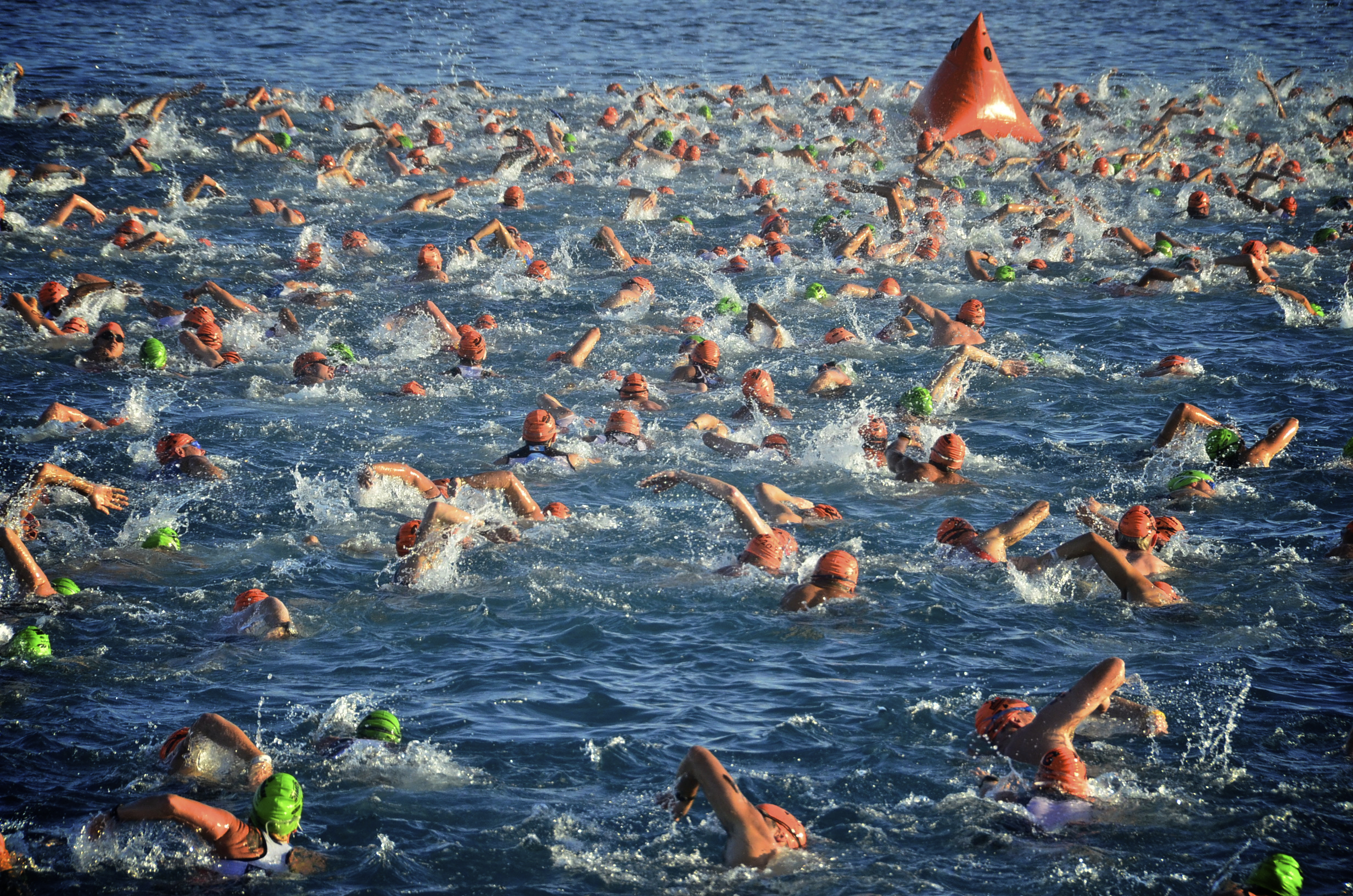Round 2 of the Grand Prix saw ELT taking on the St. Neots Triathlon (Olympic Distance), which was actually held at Grafham Waters. ELT was well represented across several age groups with 10 competitors trying to rack up some early Grand Prix points.
The Water temperature was a cool 13.9-degree Celsius. No surprise given the recent turn in the weather and the race still being early in the season. With several hundred people per wave, the swim got quite rough with a few people receiving elbows to the face. James Swift dominated the swim for the men completing the 1500m in just over 23 minutes. Sarah Burns took an early lead in the women’s ELT competition with a 29-minute swim.
The bike course was fairly flat with a couple of short and sharp hills just to throw you off your rhythm. Ben Thomson put a huge effort in on the bike finishing the 37km in just 57 minutes and 24 seconds. Ali Trauttmansdorff started to real Sarah back in with a 70-minute bike finishing the bike split just 30 seconds ahead of Sarah.
The run was mixed terrain with concrete, grass, gravel, and woodland to be covered over the 10km course. Dan Fish felt strong off the bike and got quickly into a good stride and pace until disaster struck! Having not practised his full race nutrition since last year, Dan’s guts started to let him down and he needed to make two emergency stops or face doing a Paula Radcliffe! He lost several minutes there and did not feel comfortable with any intensity on the run. If you haven’t practised your nutrition plan in training yet, go do it now.
Making up for a slow swim, Ben Thomson was flying off the bike and pushed hard on the run finishing with a sub 39-minute run and Ali Trauttmansdorff powering ahead on dodgy hamstrings to finish the run in 48 minutes.
Graeme Bell had the best Transitions off the day beating everyone else in T1 and T2. With Graeme only finishing 30 seconds ahead of Lawrence Shafier, it proves that spending time training for Transitions, the fourth discipline, will pay dividends on race day.
A big well done to everyone that took part. The full race results can be found here.
Round 3 of the Grand Prix is Nuffield Health Super Sprint at Eton Dorney on the 20th May.


























